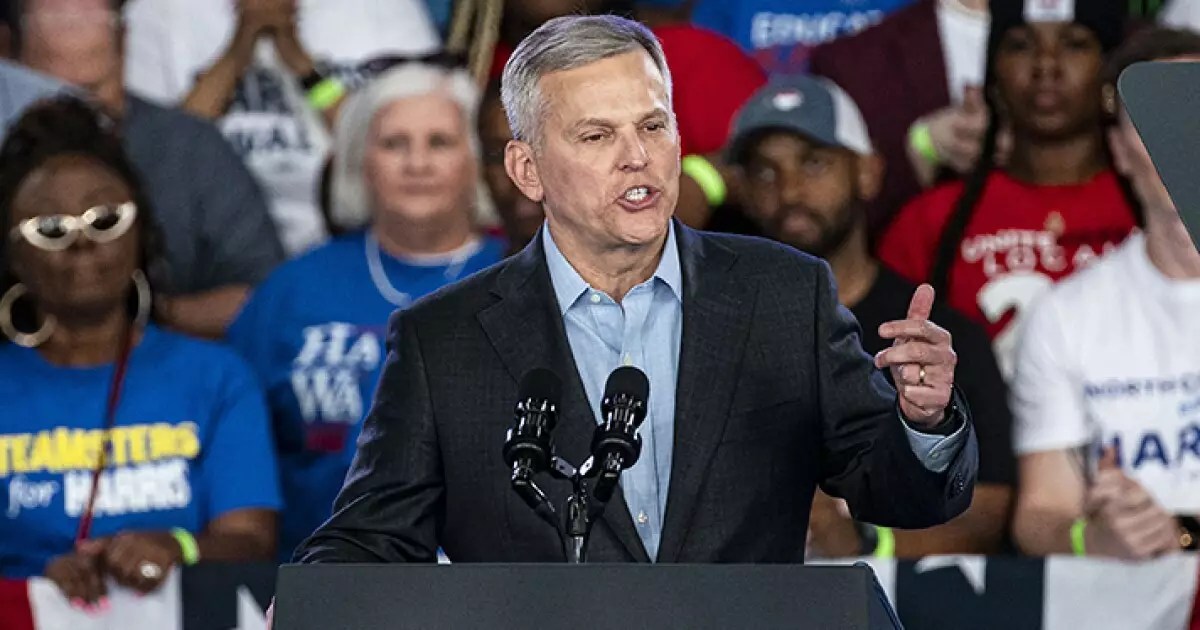North Carolina Governor Josh Stein’s recent proposal to sell $4 billion in general obligation bonds for school construction shines a necessary spotlight on a crisis that has persisted for far too long—our education system’s infrastructure. These bonds, crucial for funding essential renovations, symbolize not just fiscal responsibility but also a moral imperative to provide students with environments conducive to learning. As crowding, outdated facilities, and inadequate resources plague our schools, this proposal addresses these grim realities head-on, emphasizing that infrastructure improvements aren’t just preferable; they are essential for our future.
Confronting the Unacceptable Condition of Schools
During his address, Stein highlighted urgent conditions—overcrowded classrooms, reliance on temporary trailers, and alarming levels of disrepair like leaking roofs and faulty HVAC systems. It’s shocking to consider the average age of U.S. school buildings exceeds forty. One can’t help but ponder: In a state renowned for its educational aspirations, how did we allow our schools to deteriorate to this extent? As a center-right liberalist, I’m committed to a balanced approach that firmly believes in the power of public investment in education. The investment we make today is not merely a financial one; it’s an investment in our children’s success and our state’s future.
Javaid Siddiqi’s admonition that addressing these educational facility needs is long overdue strikes a chord—a call to action that urges all stakeholders, especially lawmakers, to prioritize and advocate for this pressing requirement. The stakes are simply too high to ignore.
The Economic Rationale Behind School Investment
Moreover, the economic logic behind this bond proposal cannot be overstated. With North Carolina’s triple-A credit rating, we are in a prime position to maximize this opportunity. By undertaking this debt, we are not just building physical structures; we are cultivating an educated workforce necessary for sustainable economic growth. Schools are the breeding grounds for tomorrow’s innovators and leaders. Investing in their infrastructure is investing in our collective future.
The startling fact that a statewide facility needs assessment identified a staggering $12.8 billion in required improvements throws even more weight behind Stein’s bonds proposal. If passed, this would be the first statewide school bond since 1996—a timeline that suggests a painful inertia in addressing these core issues. It also underscores the need for a collaborative spirit among all political entities to advocate for our schools over party affiliations.
The Broader Discussion on Educational Priorities
However, while Governor Stein’s vision for educational infrastructure is commendable, the conversation cannot end here. Education goes beyond mere buildings. It encompasses policy decisions, teacher support, and community engagement. As we discuss the bonds, we must also advocate for comprehensive reforms that extend past the physical realm. A profound commitment from our lawmakers to re-examine curriculum, enhance teacher training, and invest in technology will ensure that this bond proposal alone does not become a mere band-aid on a deeply rooted problem.
As Stein pushes for legislative action even on issues like Hurricane Helene recovery, it’s imperative that education remains a steadfast priority. Designing a holistic approach toward reform can yield the transformative effects we desperately seek.


Leave a Reply